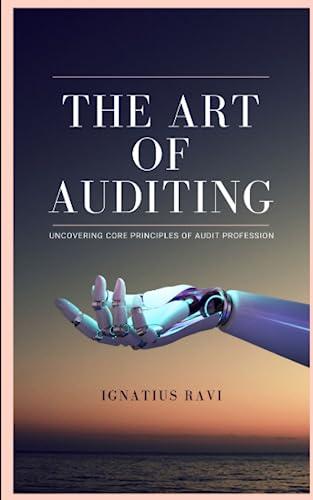Question
Live Music's Charms, Soothing Premature Hearts April 15, 2013 A study led by Beth Israel Medical Center in New York City has found that live
Live Music's Charms, Soothing Premature Hearts April 15, 2013 A study led by Beth Israel Medical Center in New York City has found that live music can be beneficial to premature babies. In the study, music therapists helped parents transform their favorite tunes into lullabies. The researchers concluded that live music, played or sung, helped to slow infants' heartbeats, calmed their breathing, improved their sucking behaviors (important for feeding), aided their sleep and promoted their states of quiet alertness. Doctors and researchers say that by reducing stress and stabilizing vital signs, music can allow infants to devote more energy to normal development. The two-year study was conducted between January 2011 and December 2012 in 11 hospitals in New York state. Only hospitals which received approval from their hospital's institutional review boards were included in the study. The study involved 272 premature infants aged 32 weeks with respiratory distress syndrome, clinical sepsis (a life-threatening condition that arises when the body's response to infection causes injury to its own tissues and organs), and/or SGA (small for gestational age). Over a two week period the babies experienced 4 different musical "treatments". Two of the treatments involved musical instruments, one involved singing, and the control treatment was no music at all. The instruments and singing were intended to approximate womb sounds. The first musical instrument was the Remo ocean disc which is a musical instrument that is round and is filled with tiny metal balls. When the disc is rotated, the metal balls move slowly to create a sound effect that is quiet and meant to simulate the fluid sounds of the womb. The second musical instrument was a gato box which is a small rectangular tuned musical instrument that is used to simulate a heartbeat sound that the baby would hear in the womb. The singing treatment consisted of live singing of a lullaby chosen by a parent. If a parent did not chose a song then "Twinkle, Twinkle, Little Star" was used. Each of the four treatments was given 2 times per week over the course of the two week study period. The presentation of the treatments was varied by day of the week within each week and by the time of day and randomized (either morning or afternoon) across the 2 weeks. For each treatment the baby's heart rate (beats per minute), respiratory rate (number of breaths per minute), oxygen saturation (amount of oxygen in the blood), sucking pattern (active/medium/slow/none), and activity level (active/quiet/irritable/sleeping) were recorded. Researchers found that the gato box, the ocean disc and singing all slowed a baby's heart rate, though singing seemed to be most effective. Singing also increased the time babies stayed quietly alert. Sucking behavior improved most with the gato box. The breathing rate slowed the most and sleeping was the best with the ocean disc. Babies hearing songs their parents chose had better a better sucking pattern than those who heard "Twinkle, Twinkle, Little Star." But the "Twinkle" babies had slightly more oxygen saturation in their blood. Dr. Loewy, who trains therapists worldwide, said it did not matter whether parents or music therapists sang, or whether babies were in incubators or held. Dr. Lance A. Parton, associate director of the regional neonatal intensive care unit at Westchester Medical Center's Maria Fareri Children's Hospital, which participated in the research, said it would be useful to see if music could help the sickest and most premature babies, who were not in the study. "Live music is optimal because it's in the moment and can adapt to changing conditions," said Dr. Standley a professor of medical music therapy at Florida State University. "If the baby appears to be falling asleep, you can sing quieter. Recorded music can't do that. But there are so many premature babies and so few trained live producers of music therapy that it's important to know what recorded music can do."
a) What type of study is this? Explain why.
(b) Define the Problem for this study in one or two sentences.
(c) What type of Problem is this? Explain why.
d) Define a suitable target population for this study. Be sure to identify the units in the target population.
e) Define a suitable study population for this study. Be sure to identify the units in the study population.
(f) Give at least 6 variates in this study and indicate the type of each.
(g) Give at least 5 attributes of interest.
(h) Define study error. Describe possible sources of study error for this study in relation to your answers to (d) and (e).
(i) Describe the sampling protocol for this study in as much detail as possible.
j) What is the sample and sample size for this study?
(k) Define sample error. Describe possible sources of sample error for this study in relation to your answers to (e), (i) and (j).
(l) Define measurement error. Describe possible sources of measurement error for this study.
(m) What is the most serious limitation to the conclusion(s) of this study?
Step by Step Solution
There are 3 Steps involved in it
Step: 1

Get Instant Access to Expert-Tailored Solutions
See step-by-step solutions with expert insights and AI powered tools for academic success
Step: 2

Step: 3

Ace Your Homework with AI
Get the answers you need in no time with our AI-driven, step-by-step assistance
Get Started


